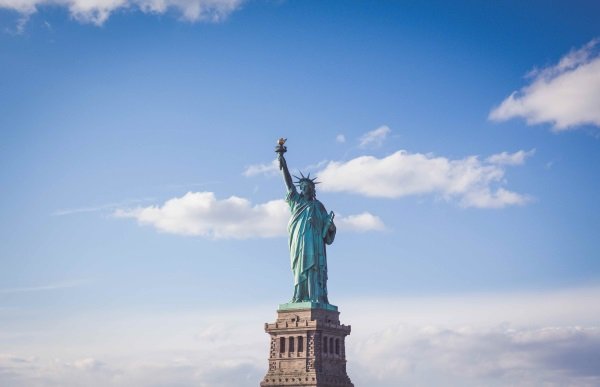Published on: 14 November 2023
DOHI Staff
The Center for Religion, Culture, and Democracy at First Liberty Institute just released its second annual report on the status of Religious Liberty in the States (RLS). The center has approached this data project with the outlook that “people of any faith or no faith should be allowed to live in all areas of their lives according to their sincere beliefs.”

The 2023 report ranks all 50 states by the number of safeguards they have in place to protect religious people. The set of 14 possible safeguards have been defined broadly. They comprise:
- Absentee Voting
- Health-Care Provision—General Conscience
- Health-Care Provision—Abortion Refusal
- Health-Care Provision—Sterilization Refusal
- Health-Care Provision—Contraception Refusal
- Health Insurance Contraceptive Mandate
- Marriage & Weddings—Religious Entity Refusal
- Marriage & Weddings—Public Official Recusal
- Marriage & Weddings—For-Profit Business Nonparticipation
- Religious Ceremonial Life—Clergy as Mandatory Reporters
- Religious Ceremonial Life—Ceremonial Use of Alcohol by Minors
- Religious Freedom Restoration Act (RFRA)
- School-Aged Children—Childhood Immunization Requirements
- School-Aged Children—Excused Absences for Religious Reasons
Accordingly, gathering data on the presence, or lack, of fourteen safeguards and producing one RLS index score per state, researchers hope to make clear just how much the free exercise of religion is protected at the state level.
This year, Illinois received the highest rank: 85%. West Virginia, the worst, at only 14%. What does this mean exactly?
“That front-runner with 85 percent, Illinois, is 18 percentage points higher than the second state, South Carolina, at 67 percent. That is, Illinois safeguards 25 percent more for its residents than does its nearest peer. West Virginia, the state in the fiftieth position in RLS 2023, is also an outlier on the safeguards measured this year. With only 14 percent of the feasible safeguards (as defined by its peers), it is 7 percentage points behind the fortyninth state, providing one-third fewer safeguards than New Hampshire.”
“The information provided in this report is something that should interest not only religious communities, but government officials as well since a low score would mean that changes to a state’s religious liberty protections are sorely needed,” Paul H. Popov, President of Door of Hope International stated.
In conclusion, the report highlights that most states are doing “less than half what they could be doing” to safeguard their citizens’ right to religious liberty. However, there is an upside. Because of the 107-page RLS, “each state can see clearly what the potential for expanded safeguards looks like by examining its own deficiencies and turning to peer states as examples of not only what but how those safeguards can be implemented.”
To read the report in its entirety, go here.


